Personality traits have been used and abused by Cambridge Analytica1, but those traits offer positive benefits – especially when mapped to brands.
Personality traits are relatively stable in humans2. They are organized by the Big Five3:
- extraversion
- agreeableness
- conscientiousness
- emotionality
- open-mindedness
The model owes much to its many critics, each of whom tried to replace it but failed3. This is what Cambridge Analytica used to create messages targeted at people’s Facebook feeds by mapping identifiable demographics such as age, gender, and more obscure things such as liking Kitkat chocolate bars and that relationship to political views.
It is clear one can use personality traits to support or suppress people – high neuroticism in emotionality dimension would change the way one would encourage and support people to visit the doctor for a checkup, for instance.
How does the Big Five work for brands?
Consumers have personality traits, and so do brands. And thanks to some great work by researchers there are words that represent the Big Five for brands. They have been tested on over 12,000 people in nine countries, and whittled down to a set of words that have strong test/retest capability so one can measure changes in consumer brand perception over time – in short, they are robust and stable.
How can we use them?
Simply a test online, first capturing demographics, and the using the Implicit Association paradigm to get quick word-pair choice indications for a brand.

 Then mapping responses to a graph to easily see the trait-curve of a brand.
Then mapping responses to a graph to easily see the trait-curve of a brand.
In this way, one can reduce all the influences that go into what a set of customers think of a brand to one, reliable and robust number. Imagine that?
- All the brand comms
- the ads
- customer relationship
- direct mail
- emails
- phone service
- online experience
- dispute resolution
- the perception others have that informs their decision
Pretty much every touch point that goes into making an impression of a brand can be measured. The interesting part is testing a client’s brand and key competitors – this is very powerful.
Now you’ve got the map, you can work out which direction to push the push the brand – what to reinforce and what the improve (e.g. our work for home lettings).
The only downside is the competitor brand might get there first (which you can avoid, by coming to us first – see more on how this works here).
Sources
1The Data That Turned the World Upside Down – How Cambridge Analytica used your Facebook data to help the Donald Trump campaign in the 2016 election.
2Roberts, B. W., & DelVecchio, W. F. (2000). The rank-order consistency of personality traits from childhood to old age: A quantitative review of longitudinal studies. Psychological Bulletin, 126(1), 3-25. http://dx.doi.org/10.1037/0033-2909.126.1.3
3Goldberg, L. R. (1993). The structure of phenotypic personality traits. American Psychologist, 48(1), 26-34. http://dx.doi.org/10.1037/0003-066X.48.1.26 – Cited by 4332
extraversion (characterized by adjectives like outgoing, assertive and energetic vs. quiet and reserved); agreeableness (compassionate, respectful and trusting vs. uncaring and argumentative); conscientiousness (orderly, hard-working and responsible vs. disorganized and distractible); negative emotionality (prone to worry, sadness and mood swings vs. calm and emotionally resilient); and open-mindedness (intellectually curious, artistic and imaginative vs. disinterested in art, beauty and abstract ideas)
For more on this speak with us, or have a look at our capabilities
Also, as co-founders and supporters of the London Behavioural Economics Network, join the Meetup group and Facebook group for more details and events
Related Posts
August 13, 2023
Money (but not called that, and how it changes behaviour).
Advertising agencies make a lot of…
August 1, 2023
Reading ease is not as easy as all that – comprehension shows the way
It's easy to make text readable, right?…
July 20, 2023
The ‘Hollywood hello’ – and the importance of context when communicating
When communicating we all like to be as…




